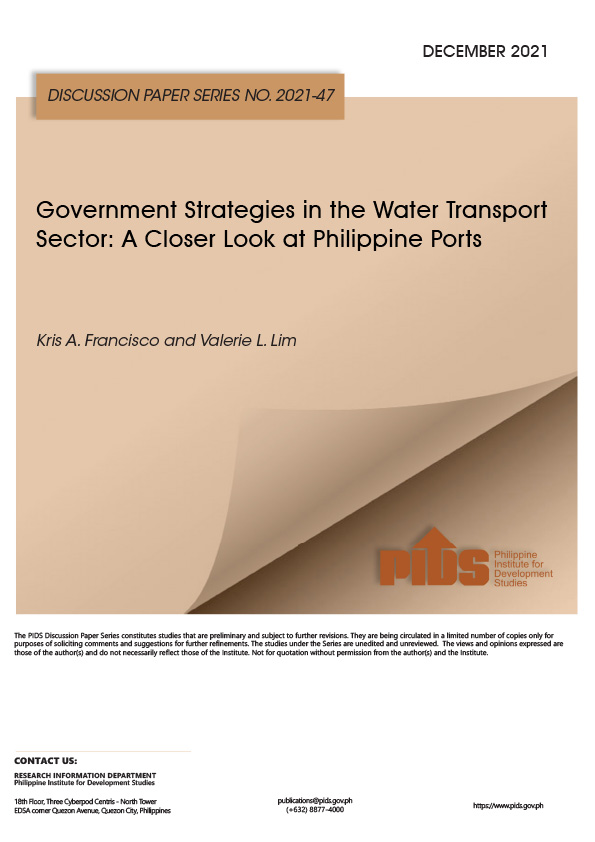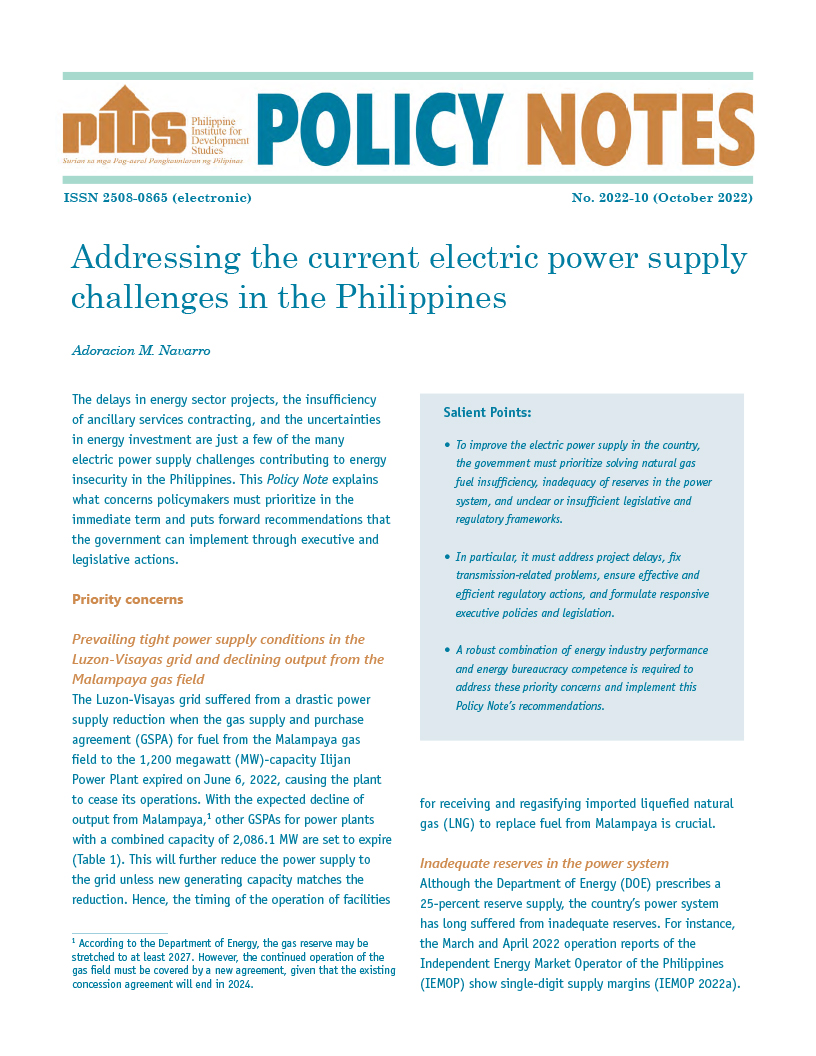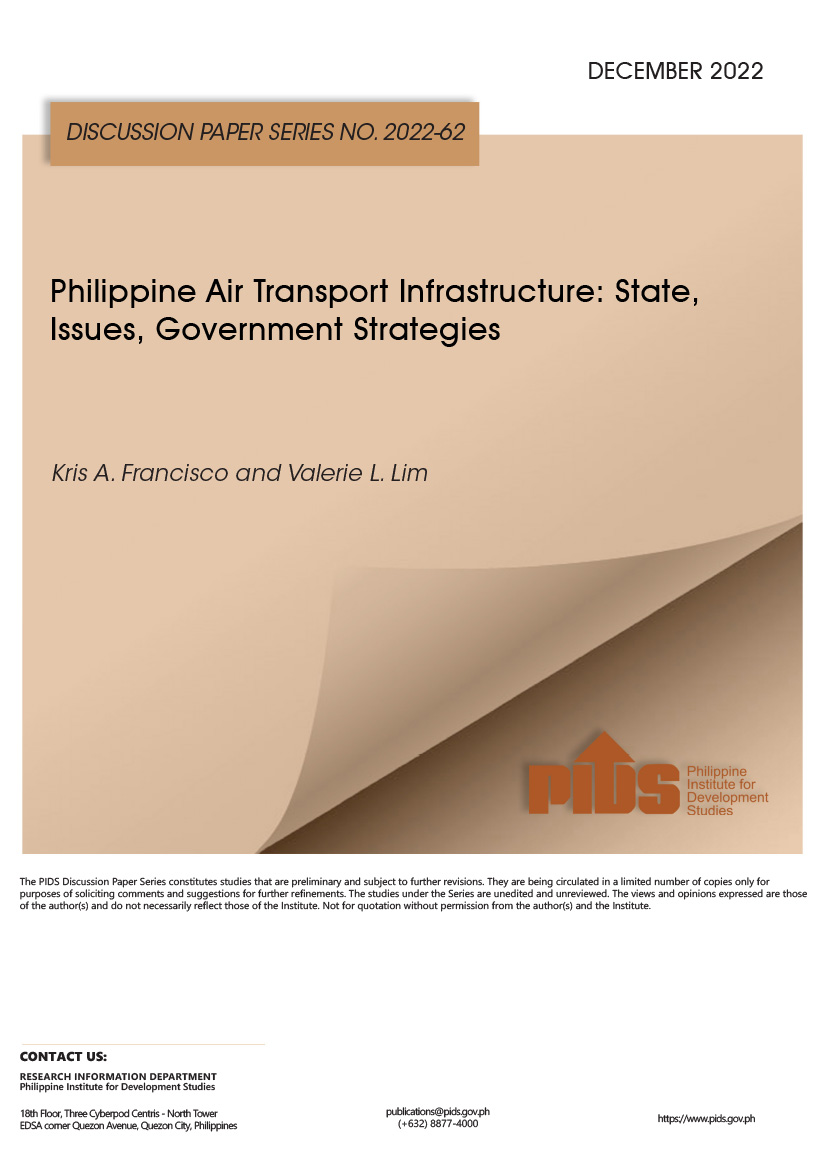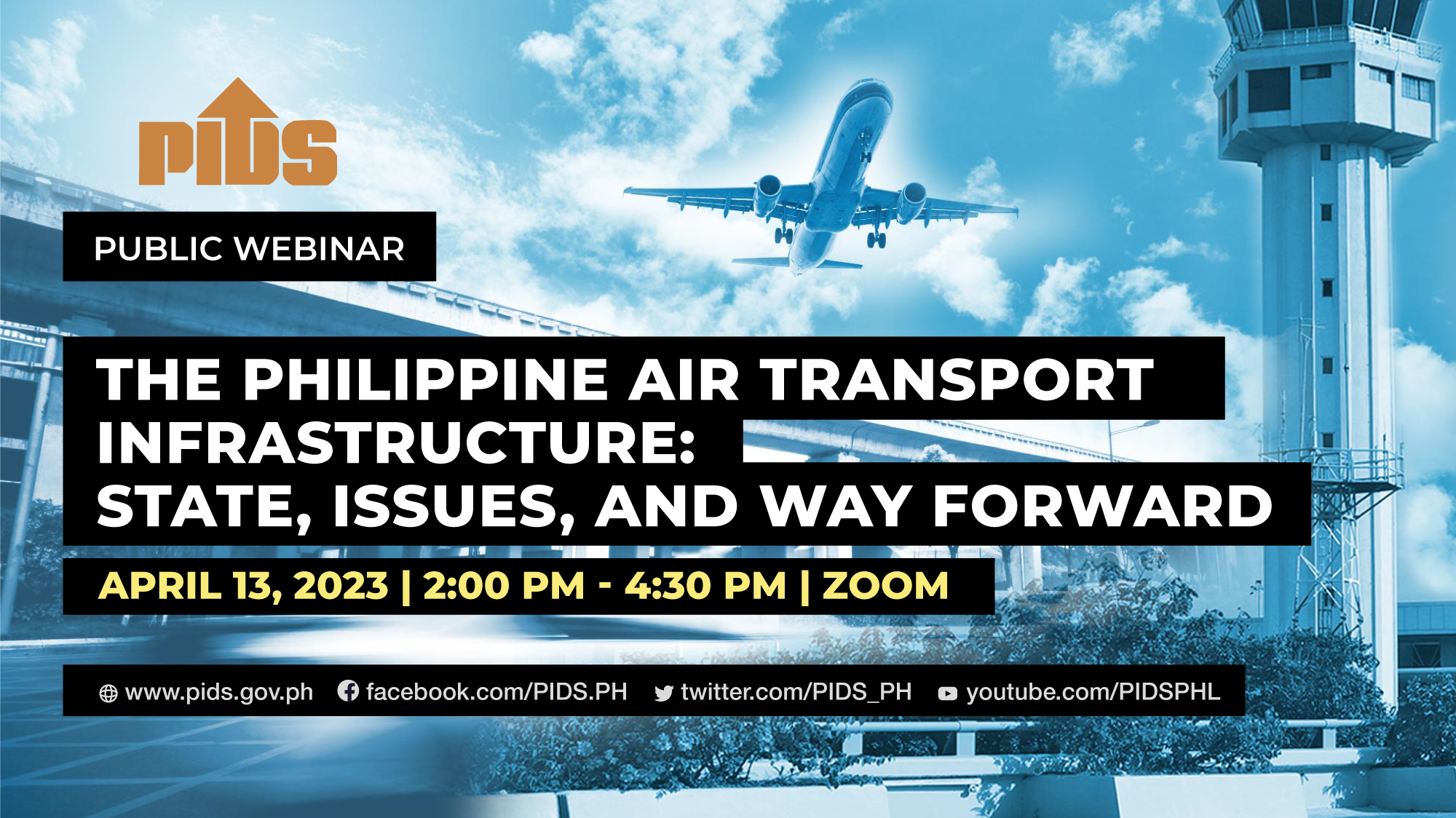THE Traffic Crisis Act, or House Bill (HB) 4334, and the Department of Transportation’s (DOTr) transport modernization, a program carried over from the previous administration, appear to be antipoor and biased against ordinary public-transport operators and drivers.
• Experts can’t see elephant in room? It is ironic, but true, that while over 80 percent of the traffic volume is accounted by private cars, the blame or brunt of the burden of HB 4334 and transport modernization is on public transportation.
It, therefore, appears that our lawmakers, decision-makers in government, and even experts from the academic research institutions can’t seem to see the figurative “big elephant in the room,” as they tend to look at problems from the lens of car-riding motorists, who are literally sitting on the problems.
And yet, a private car carries mostly only the driver-owner, or an average of only 1.2 passengers per car, says Japan International Cooperation Agency, which also estimated that as much as P2.4 billion is lost daily due to traffic in foregone labor income, fuel wastage and lost opportunities. This could balloon further if traffic worsens.
Unlike more developed countries, where cars are restricted from using public roads, here we are penalizing more the public-utility vehicles (PUVs). In Singapore, for instance, apart from high excise taxes on car ownership, parking fees alone are as much as about $6 billion.
• Culprits are cars, but transport penalized? Benjamin Pabia, chairman of the Pasay Transport Service Cooperative, made a sharp observation saying (in Filipino), “How come HB 4334, which is supposedly aimed to solve the traffic crisis, is silent on the huge contribution of private cars to traffic, but puts in five provisions with controversial onerous implications on public transport.”
Section 14 calls for a “Route Rationalization” of PUVs; Section 15 on the “Revocation and Modification of PUV Franchises and Permits;” Section 16, “Suspension of PUV Franchising Authority previously granted to local government units (LGUs); Section 17, “Government Takeover of Franchises; and Section 18, “PUV Operator Obligations and Responsibilities,” which include a proposal converting drivers into paid minimum monthly salaried employees.
Transport leaders—including jeepney and autonomous underwater vehicle drivers—fear this will edge them out of business, as HB 4334 reinforces DOTr’s transport modernization, replacing public transport’s small-operator structures with fleet management systems along big corporate business models. Specifically, it will require taxi and AUV franchise operators a minimum capitalization of P12 million and 10 units. For public utility jeepneys (PUJs), a minimum capital of P7 million and 10 jeepney units, starting this year if the DOTr order is finally signed and a minimum of 20 units by the end of 2018, and 40 units by end 2019.
Most jeepney operators own just one or two units, and only a sprinkling few own over 10 units. Many of them were former overseas Filipino workers (OFWs), thus, the signs like “Katas ng Saudi” (Sap of Saudi work) on their tail flaps. And for those with many units, these are distributed evenly to their children.
This policy thrust only allows the takeover by moneyed big businesses of the transport business at the expense of small operators, many of whom are drivers themselves. It is ironic that in more developed countries like Australia, taxi drivers, for instance, own the units they drive, but are just linked together under a form of cooperative or association that services their communication needs with customers, takes care of their insurance and pension plans, etc. In short, you can attain the efficiency of the economies of scale, but still maintain small ownership structures.
• Drivers make more sense than experts? HB 4334, which was introduced by Speaker Pantaleon D. Alvarez and Reps. Rodolfo C. Fariñas and Cesar V. Sarmiento, and the DOTr’s program must have been backed by experts from academe, like the University of the Philippines National Center for Transport Studies, which often have ivory-tower views not grounded on reality.
It can also be recalled that even experts at the Philippine Institute for Development Studies declared in 2015 that “there are too many buses, or 12,595 buses, operating within Metro Manila, including provincial buses, that are run by 1,122 operators, a contrast to the four private-bus consortia and the government’s Metro Manila Transit Corp. in the 1970s.
Partly blaming buses for the traffic, they recommend limiting the number of buses. It is ironic that the same brand of economists recommended three decades back the liberalization of public transport that led to what they now blame for the “road-traffic anarchy”.
Benjamin Fabia, chairman of the Pasay Transport Service Cooperative, argues, “Why blame public transport for the worsening traffic, when franchises on new PUVs have long been restricted in many routes?” In contrast, over 350,000 private vehicles and close to 1 million motorcycles are sold every year.
For Fabia, “It is common sense that private cars eat up more road space and yet, the proposed laws are soft on private cars, but are harsh on PUVs.” At 20 passengers per jeepney, this is equivalent to about 16 cars of road space. For buses with a seating capacity of 60 passengers and 10 to 20 passengers standing on the aisle, that’s about 50 to 60 cars of road space, excluding the space in between cars. In fact, when you restrict cars, you will need more public transport, and even absorb all the “colorum” units.
• Small treat or threat the small? Ishmael Ace Sevilla, chairman of the NCR Toda Coalition of 17 Metro Manila Toda federations, claims he could not also understand why franchises of tricycles and pedicabs will be revoked within six months upon publication of HB 4334 once enacted into law (Section 15), when the traffic is on major roads like Edsa, where tricycles are banned anyway. Tricycles only service the secondary and tertiary roads.
The bill is aimed to ease traffic as a small treat, perhaps, to commuters and motorists complaining about traffic, but it appears it’s more a threat to small guys, who only earn a few hundred pesos a day.
• When profit rules over service. Modernization is welcome, but profit must not rule over public service, but the draft order unwittingly allows just that. It requires jeepneys to install GPS, which is ridiculous, as they have fixed routes; and Wi-fi facilities, which are unnecessary, as most jeepney passengers are not Internet-savvy anyway.
On emissions reduction, the DOTr program calls for total vehicle or engine replacement, when there is no assurance a new vehicle or engine will reduce emissions. The DOTr defines vehicles for modernization, a euphemism for replacement, based on the oldest part of at least 15 years old.
The problem here is that many parts do not depreciate much, like the chassis that can last for decades or more, and which have nothing to do with emissions, so why change the entire thing if you can achieve cleaner emissions, focusing solely on parts prone to high wear and tear that directly cause emissions. In short, emissions can be reduced through cheaper and more direct technological intervention that will improve lubrication, fuel quality, attain ideal air-to-fuel ratios and a lot more that will wipe out emissions. And through rehab and repainting of bodies, there is no need to really change the entire vehicle or engine, but if the DOTr still insists on vehicle replacement, then the objective is not really public service and cleaner air, but profits in making sales of vehicles and engines.
E-mail: mikealunan@yahoo.com
Proposed traffic, transport laws are antipoor












